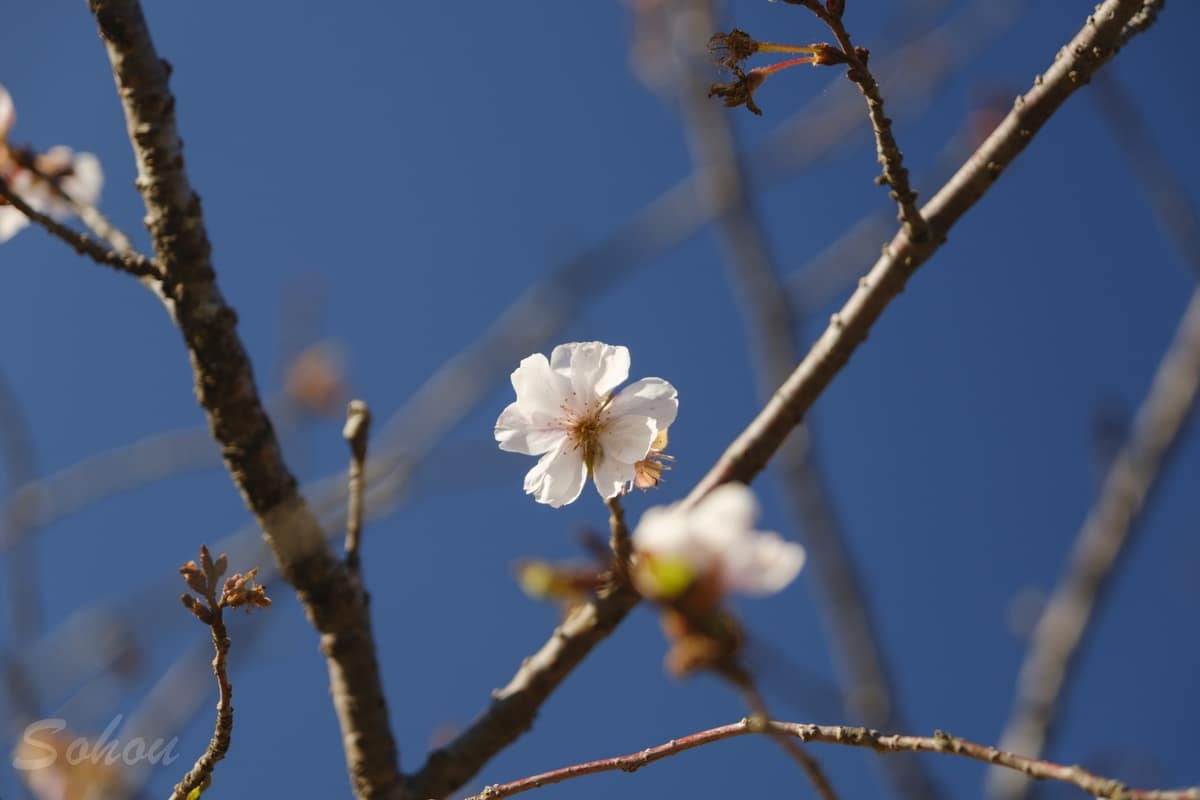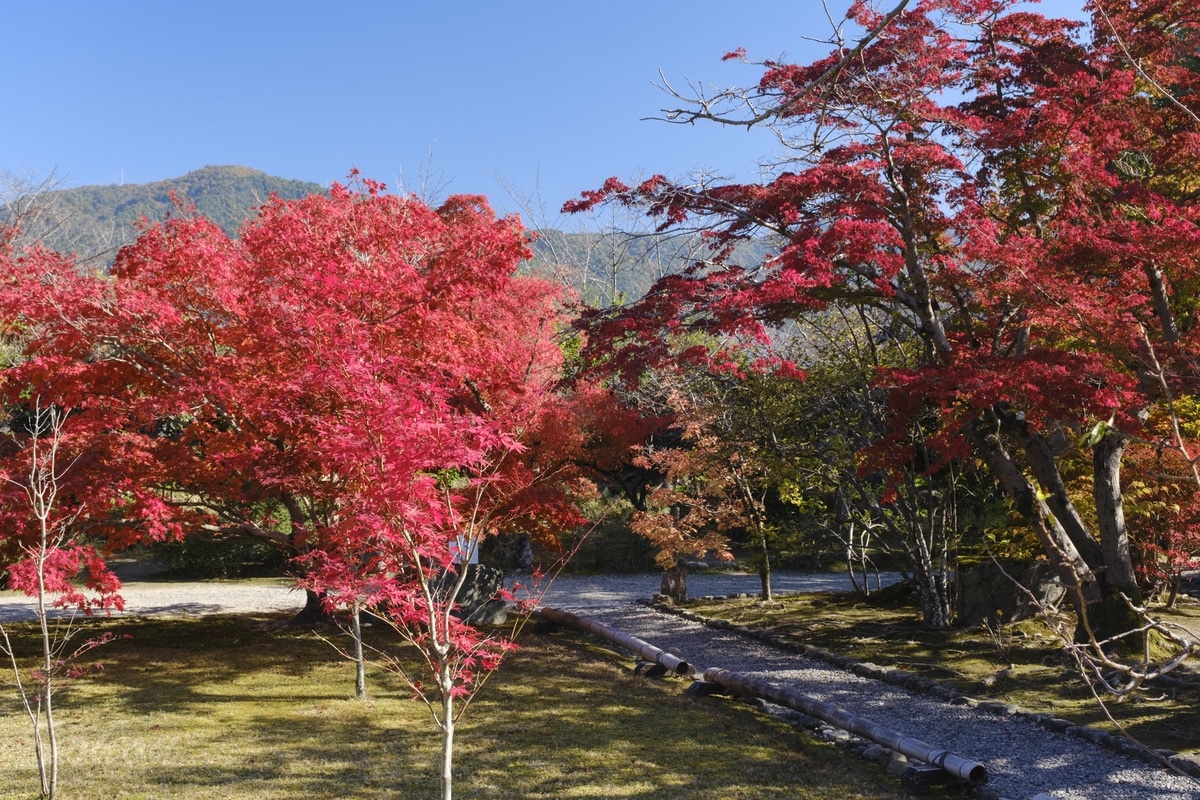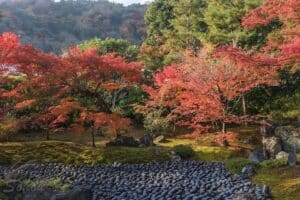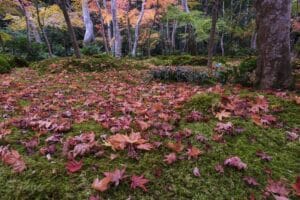Nestled in Kyoto’s Yamashina district, Kajū-ji Temple (勧修寺) offers visitors a serene escape into a world of vibrant autumn colors.
This hidden gem, often overlooked by tourists, provides a perfect opportunity to experience the beauty of Japanese fall foliage without the crowds.
When to Visit
The best time to see the autumn colors at Kajū-ji is typically from mid-November to early December.
However, the exact timing can vary slightly each year depending on weather conditions.
Founding and History
Kajū-ji was founded in 900 AD by Emperor Daigo.
The temple was established in memory of his mother, Fujiwara no Taneko, who passed away at a young age.
Emperor Daigo converted the residence of Taneko’s grandfather, Miyaji no Yamasu, into this temple. The temple’s name, Kajū-ji, is derived from Taneko’s father, Fujiwara no Takafuji’s posthumous title.
Highlights
Upon entering the temple grounds, visitors are greeted by vibrant maple, ginkgo, and rowan trees painted in shades of red, orange, and gold.

The trees in front of the main hall were vividly red.

You can also enjoy the sight of the October cherry blossoms.



Practical Information
Opening Hours: 9:00 AM – 4:00 PM
Admission Fee: 500 yen for adults, 300 yen for children








